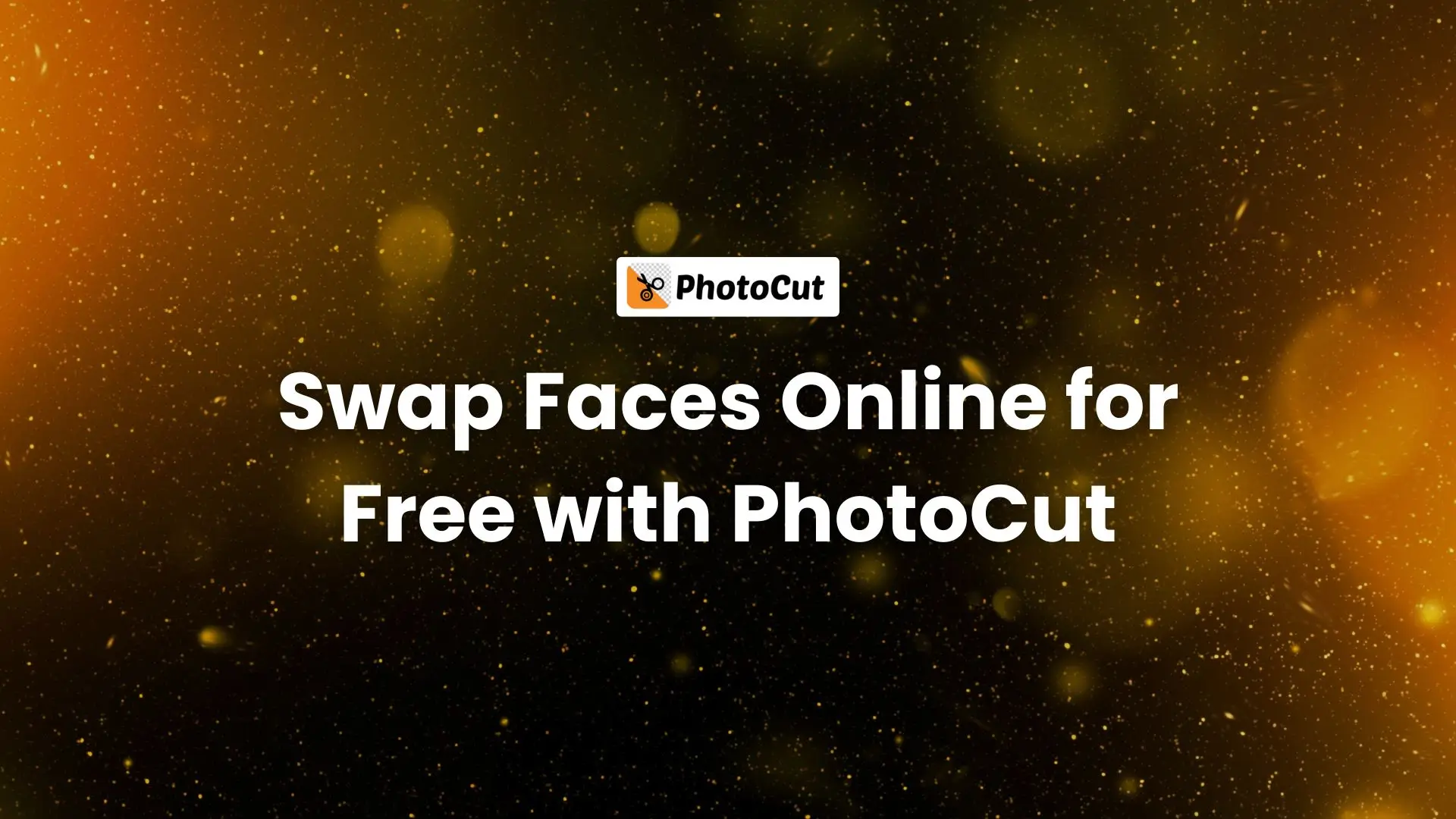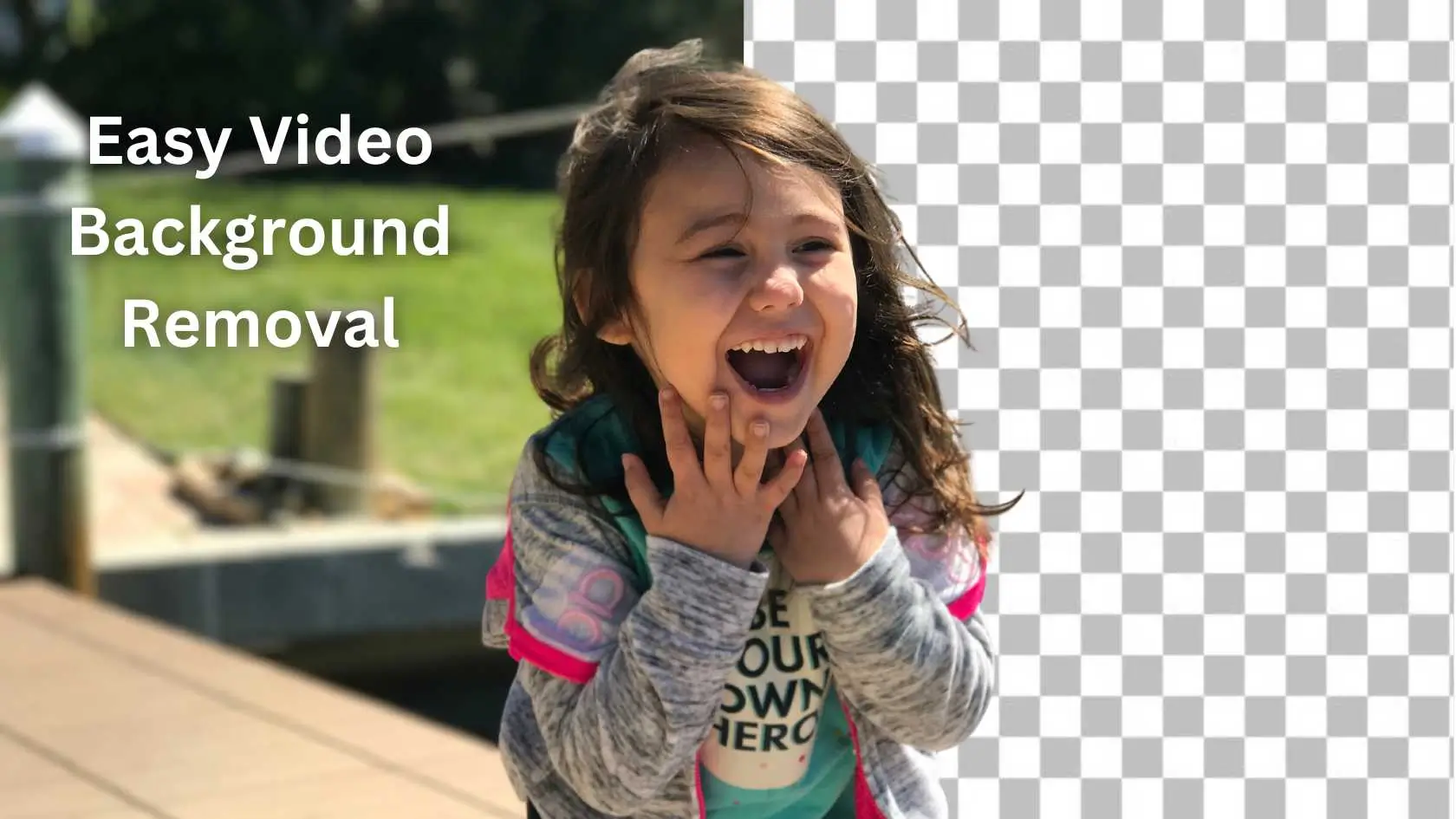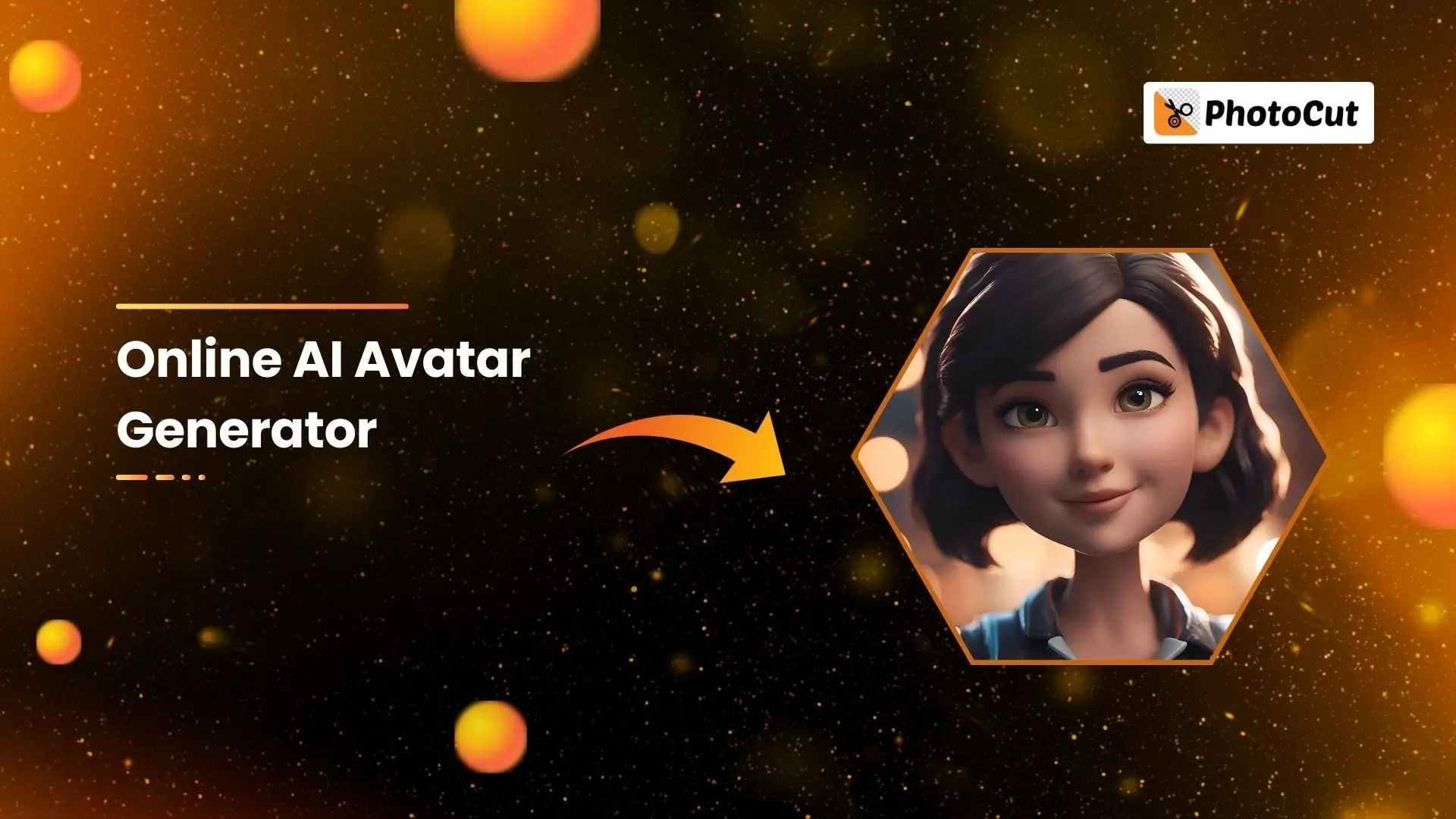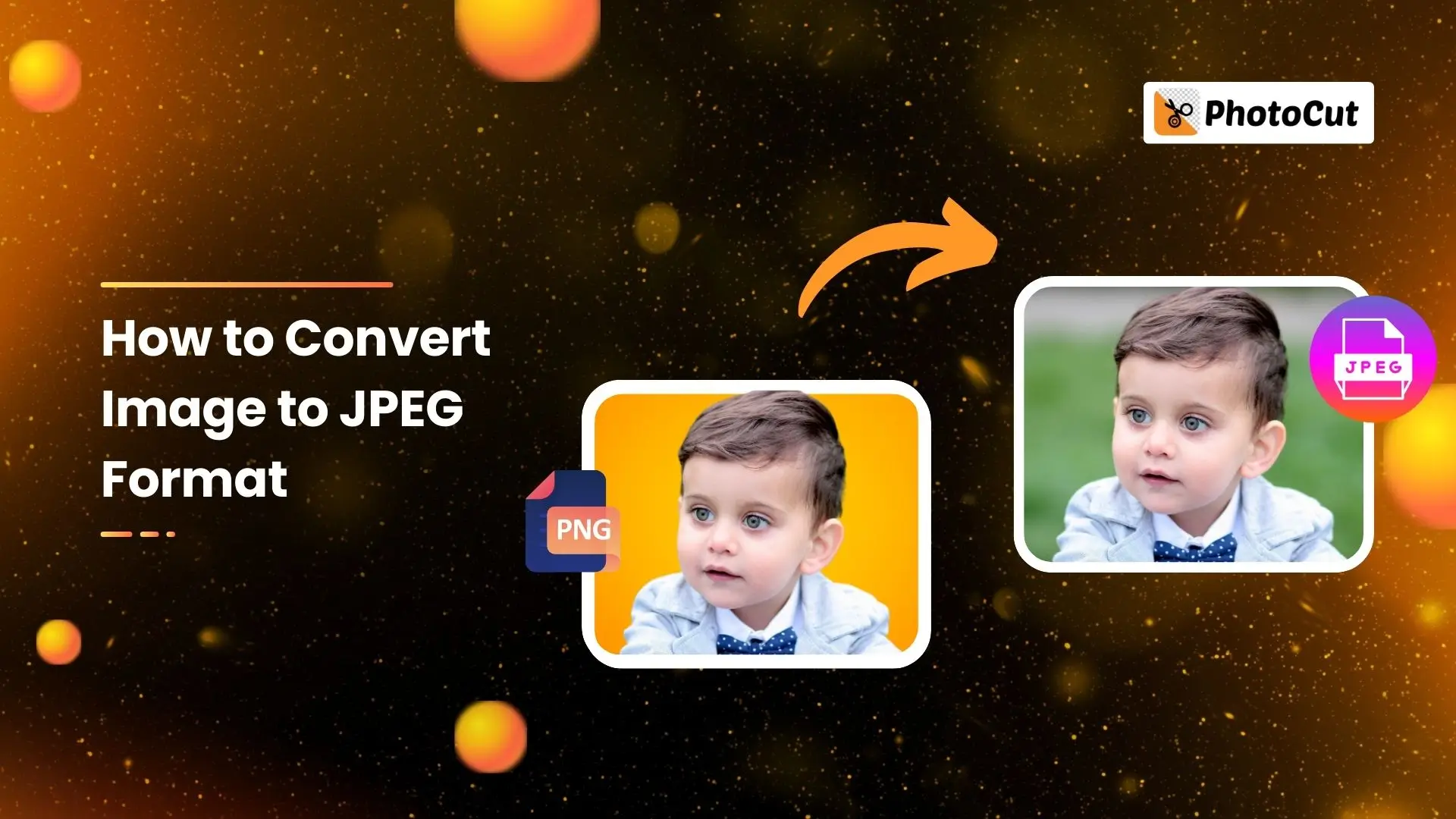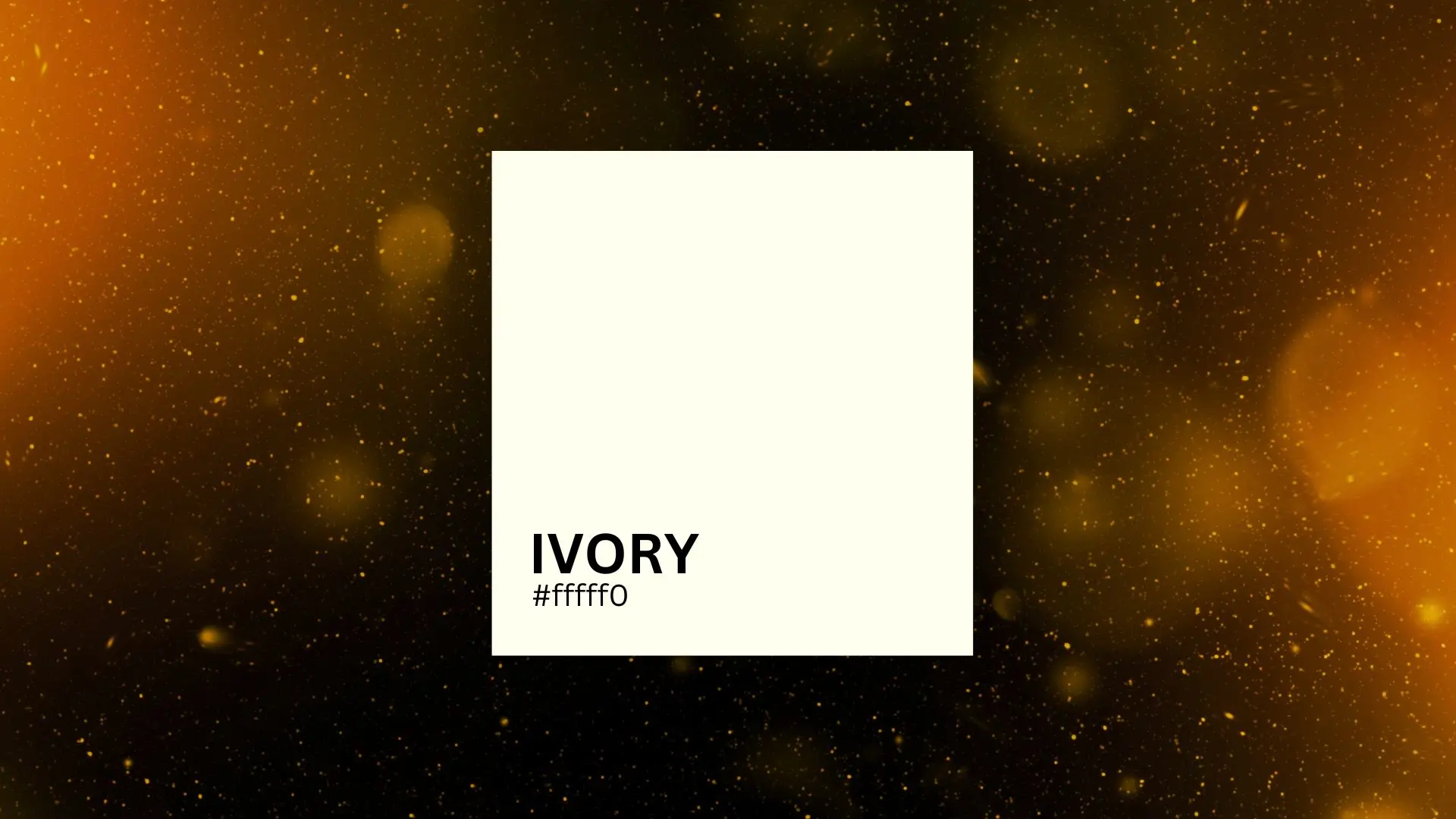How AI is revolutionizing photo editing
Discover how artificial intelligence is transforming the world of photo editing, from automated retouching to advanced image enhancement techniques. Learn how AI algorithms are revolutionizing the way we edit and manipulate photos, making the process faster, more efficient, and more creative than ever before.
Download the app, NOW!



PhotoCut - A Game Changer!
Explore endless tools and templates at your fingertips to customize your new image using the PhotoCut app. They love us. You will too.
.webp)
CAPTAIN SYKE
So much easy to use than the other apps that I have encountered. I'm so satisfied. I fished to clear the background less than a minute! Keep it up🙌🏻
.webp)
Lee Willetts (Dr.Drone Doomstone)
Great app, used alongside text on photo, you can create some great pics. Hours of fun.
.webp)
Bran Laser
I always erase and cut something with this it is very op there is no bug and I made a picture for my channel very nice install it now!
.webp)
ZDX Gaming
The Best Photo Editor .. Not Many Can Actually Cut Pictures Perfectly Like this App been looking for something like this for a long time 💔😂 Nice App I recommend it Giving it 5 star
.webp)
Small Optics
Best app of this type out there, it does nearly all of the work for you.. Great work developers.
.webp)
Emilia Gacha
It's really useful and super easy to use and it may be the best background eraser app!
.webp)
kymani ace
This is a really nice app I love how it let's me do lots of edits without paying for anything and there isn't even a watermark, very good app.
.webp)
Nidhish Singh
Excellent apps and doing all the work as expected. Easy to use, navigate and apply to any background after cut out.
.webp)
Adrian
Been using this app for many years now to crop photos and gotta say, really does what it's supposed to and makes photo's look realistic. Recommend it very much.
.webp)
Indra Ismaya
Easy to use, very usefull
.webp)
Barbie Dream
I love this app! You can edit and change the background i been using it for months for my video! Keep it going.
.webp)
Kaira Binson
Ouh..finally i found a good app like this..after instalking 6-8 apps ..i finally get the right one...easy..free...so cool...but maybe pls..adjust your ads..in this app..thanks☺
.webp)
Tara Coriell
I payed for premium but it was only a 1 time payment of 5.29 and I love this app. There are a lot of nice features

Engels Yepez
Great app for edit photos, it include an interesting IA function for apply effects to your pics

Azizah ahmad
This apps is awesome compared to other photo cut apps. I have tried several photo cut apps but all of them was bad. And finally i found this app, super easy to use, have feature smart cut and smart erase. Awesome !!
.webp)
Galaxy Goat
The app is incredible! I erased a background and added it into a new background in less then 20 seconds. Normally it takes 10-20 minute's on other apps. Highly recommend
.webp)
Victor Maldonado
I been having a few issues with app can't zoom in like before and its not like it use to what happen i paid for this app not liking the new upgrade
.webp)
Lynsiah Sahuji
more accurate in removing background, didn't required so much effort. love this! ❤️
Introduction
Imagine a world where editing your photos is as easy as pressing a button on your phone. Thanks to artificial intelligence (AI), this dream is now a reality. From smoothing out imperfections to transforming the mood of your pictures, AI is changing the way we edit and enhance our photos.
The current landscape of AI in photo editing
Photo editing has come a long way from the days of basic tools to today's sophisticated AI-powered software. With the help of machine learning and neural networks, photo editing software has become smarter, faster, and more intuitive. It can now identify different elements within an image, understand lighting conditions, and suggest edits to improve an image’s aesthetic appeal.
Industry pioneers
Companies like Adobe, Canva, and PhotoCut are leading the way in AI photo editing. They offer intelligent image enhancement, background removal, and even style transfer features to make your photos look professional in seconds.
Advancements in AI-powered image enhancement
Advancements in generative AI have fast-forwarded the photo editing industry by decades. By using advanced AI technologies like machine learning, neural networks, and deep learning, photo editing tools are becoming more efficient and user-friendly.
Revolutionizing Photo Editing with AI Technology
Impact of AI Technology
AI technology, such as deep learning, has revolutionized the world of image editing. With features like background removal, deblurring, face enhancement, and unwanted object removal, editing photos has become quicker and easier. Gone are the days of painstakingly clicking on each pixel to make edits.
Advanced AI Technologies
The photo editing industry is rapidly advancing thanks to advanced AI technologies like machine learning (ML), neural networks, and deep learning (DL). Machine learning allows systems to learn from data and improve over time, making editing tools more efficient and user-friendly.
Neural Networks and Deep Learning
Neural networks mimic human brain functionality, helping software recognize patterns and make decisions to better understand images. Deep learning, a subset of ML, processes large datasets to enhance the accuracy and effectiveness of editing tools.
Generative AI
Generative AI is a new trend that allows models to create new images or illustrations from scratch. This technology has become popular in recent years, enabling users to remove parts of an image and task the model with generating a completely new image without any reference to the original. It's like starting from nothing and letting the AI come up with something entirely new.
Exploring the Magic of AI in Photo Editing
AI’s Impact on Photo Editing
AI technology is revolutionizing the world of photo editing by not only improving image quality but also making editing accessible to a wider audience. By automating manual tasks, AI simplifies the editing process, making it easier for everyone to create stunning visuals.
Exploring the Magic of AI in Photo Editing
AI’s Impact on Photo Editing
AI is not just making photos look better, but it's also making editing accessible to more people. It's turning manual tasks into automatic ones, making editing easier for everyone.
Ways AI Enhances Images
Noise Reduction
Noise is the grainy stuff in photos that we don't want. AI tools can get rid of this noise while keeping the important parts of the image clear. Companies like Topaz Labs have created AI-powered tools for this.
Automatic Color Correction
Getting the right colors in a photo can be hard. But AI can analyze an image and adjust the colors to make them look better. Adobe's Sensei AI is one example of this.
Object Removal
Removing things from photos used to be tough. But AI tools can now do this quickly and accurately. PhotoCut's Retouch tool lets you remove objects by just painting over them with your finger.
Style Transfer
AI can help apply the style of one image to another, making your photos look like famous paintings. Apps like Prisma have made this popular.
Background Removal and Replacement
Before AI, changing backgrounds in photos was hard. But now, tools like PhotoCut's Background Remover make it easy. You can even create AI-generated backgrounds with just a few clicks.
AI Shadows is another tool that helps add realistic shadows to images, making them look professional and eye-catching.
Creative applications of AI in photography
AI in photography is not just reshaping individual creative processes but is transforming the industry as a whole. Its influence is vast and varied, touching everyone from seasoned professionals to budding enthusiasts and large brands.
“PhotoCut helps me with my six-figure online business and also helped me launch my social media platforms,” says Amazon seller, Owen Lloyd. “Sales were absolutely awful before PhotoCut. On a good day, I’d sell three bottles of perfume. Now, a normal day is at least 50 bottles, that’s around 16 times more sales than before. PhotoCut can take credit for my increase in sales.”
Let’s look at how AI photo editing is applied to various sectors:
Professional photographers
For seasoned photographers, AI is a game-changer, saving lots of time and introducing cutting-edge enhancements that elevate their portfolio.
SMEs and creators
For small to medium enterprises and individual creators, AI-driven tools bridge the gap between limited resources and high-quality outputs. SMEs can deliver sophisticated edits without the need for large teams or extensive training. See here a list of the 16 best AI tools.
“PhotoCut is by far better than all the other AI tools that are on the market,” says content creator, Mike Jay. “I’m happy to pay for the Pro version—an edit takes you three to five seconds, saving you lots of time over the course of weeks and months, it’s worth paying for.”
E-commerce
High-quality images drive online sales, and AI aids in achieving this. From auto background removals to enhancing product image quality and lighting, AI ensures that product listings are visually compelling, directly influencing consumer buying decisions.
“We are a family-owned business,” says Andrew Cattarin, e-commerce manager at The Gamesmen. “PhotoCut allows us to do more with our small team and scale. With AI tools coming into play, it helps our niche—we don’t have money to burn or to hire tons of staff to get work done. We have 15,000 products to list online which would normally be a monstrous manual task that takes weeks and weeks.”
Integrated AI photo editing for brands
Large brands across sectors like film and entertainment, food delivery, and marketplaces can use an AI photo editing API like PhotoCut to complete photo edits natively in an existing website or app. This eliminates the need for a third-party platform to execute image enhancements, streamlining workflows and enabling creativity at scale.

"PhotoCut, the groundbreaking technology powering BarbieSelfie.ai, shattered all expectations by seamlessly integrating user photos into captivating Barbie movie posters,” says Cameron Curtis, EVP of worldwide digital marketing at Warner Bros. “PhotoCut's unparalleled ease of use became the catalyst for a viral sensation, propelling the Barbie Selfie Generator into the digital spotlight and captivating audiences worldwide.”
Hobbyists and makers
For those who pursue photography or selling handmade products as a passion, AI tools democratize access to advanced editing. No longer is state-of-the-art photo enhancement exclusive to professionals; even a beginner can craft masterpieces with AI's assistance.
“I’m not very good at doing online stuff, but I know it’s imperative to showcase my jewelry well,” says Louise Brill, jewelry designer at Silverwaters. “I’m not a professional photographer, and I find other apps confusing. PhotoCut is user-friendly—within one minute, I can create five different images, and they’re all good. Now, when I am making jewelry I’m more excited about the photography process.”
Ethical considerations
In a world increasingly dominated by AI, it's not just about what the technology can do, but also how it's used. Ensuring ethical practices in AI photo editing is crucial for companies and society at large.
Let’s look at some of the ethical concerns and how companies can address them:
Manipulation and misinformation: the rise of deep fakes.
One of the most alarming by-products of advanced AI in photo editing is deepfakes. These are hyper-realistic but entirely fake content, created by AI algorithms. While the technology showcases the effectiveness of AI, it simultaneously poses threats. False imagery can lead to misinformation, tarnishing reputations, and misleading the public.
“Literature has facts and fiction as two pillars, and it’s likely that visual content creation will have the same in a post-GenAI world,” says Ben. “The facts pillar (factual image capture from a camera) is already being worked on by camera manufacturers, there’s a clear path here.”
Theft and plagiarism
AI can seamlessly replicate styles and recreate images, blurring the lines between inspiration and imitation, something that leads to concerns about theft and plagiarism. As advancements in AI photo editing tools continue, there's a growing risk that original works could be duplicated or slightly altered. Creators risk losing recognition and the value of unique, authentic work could deteriorate. For photographers, creators, and businesses alike, this presents two challenges: protecting their work in an increasingly digital landscape while also navigating the ethical considerations of how and when to use AI in their creative processes.
“At PhotoCut, we avoid this by design,” says Ben. “For AI Backgrounds, we keep the original user content as the centerpiece of the final AI-assisted creation, it's original and real-world grounded by default.”
Privacy concerns in an AI-driven world
With AI's capability to analyze and recognize faces, privacy issues come to the forefront. AI algorithms, if misused, can be employed for unauthorized surveillance, data mining, or even stalking. It raises critical questions about consent and the boundaries that need to be set for AI's reach.
Human bias in AI algorithms
AI, though machine-driven, isn't free from human influence. If the data it's trained on carries biases, the AI will too. This can manifest in photo editing in the form of favoring certain skin tones, facial structures, or even backgrounds over others, leading to a skewed and biased representation.
“A starting point will always be biased, the question is only by how much. Anybody claiming that they have something unbiased is just not aware of it yet,” says Ben. “What we're building at PhotoCut, is a (machine learning backed) way to handle user and expert feedback. People will soon be able to report visual examples of content that we don't generate well, and we'll update our training set in a meaningful way. Human feedback is too small scale, that’s why we're crafting a bridge in between this and the volume that machines need to learn.”
Steps companies can take to uphold ethics
Addressing these concerns is imperative for companies in the AI photo editing sector. Here are some ways to ensure ethical practices:
Transparency - Clearly label AI-edited content, ensuring consumers can distinguish between human-made and AI-altered visuals.
Privacy protocol -. Incorporate stringent data protection measures. Ensure that user data isn't exploited or misused, and always seek explicit consent before any data processing.
Bias audits. Regularly audit and refine AI algorithms. Source diverse training datasets to avoid inherent biases and ensure fair representation in outputs.
Open dialogue - Foster an environment where ethical concerns can be discussed openly. Engage with the community, understand their worries, and iterate based on feedback.
Advantages and limitations of AI in photo editing
The integration of AI in photo editing brings a mix of notable benefits and potential drawbacks.
Advantages
Enhancing creative possibilities and processes
AI is more than just a tool; it's an active collaborator in the creative process. Features like style transfer infuse photos with iconic artistic styles, while color grading, intelligent object detection, and auto-composition tools let creators explore new avenues. Automating mundane tasks and introducing intelligent enhancements provide space to experiment and innovate in ways that were previously either time-consuming or impossible. It also leaves time to focus on the larger creative vision.
"People used to spend 90% of their time on repetitive tasks like clicking to select the contour of an object and 10% on creative tasks,” says Andres. “With the advancements in AI photo editing technology, they're free to spend much more time on creative workflows and are no longer blocked by complex edits.”
Speeding up complex editing
A prime example of AI's efficiency is the ability to remove and replace backgrounds or unwanted objects in seconds. What once required meticulous attention to detail, layer adjustments, and potentially hours of work can now be executed in seconds with the right AI photo editing tools. Tools like Adobe's Sensei and PhotoCut use AI to identify and differentiate backgrounds and objects from other elements, making replacements seamless and efficient.
“There’s a much shorter bridge in between the intent; the creativity or picture you have in mind, and the result,” says Ben. “Before, there was a significant expertise barrier, but with generative AI, it’s much simpler. You can explain what you want using another image as an example or you can write prompts. ML models can learn over time and make suggestions in a shorter amount of time, making the process more fluid, and opening up the feature to a lot more people.”
Democratizing photo editing
“People used to think, ‘Wow, this Nike ad in a magazine looks amazing; I wish I could do that for the hand-crafted shoes I sell’,” says Eliot. "Now, they can reach this level of quality with very little time and effort and proudly showcase their products."
With AI photo editing, you don't need to be a seasoned professional to craft stunning images. AI-based platforms simplify complex tasks, making high-quality photo editing accessible to all. “PhotoCut is taking AI photo-editing technology to a new level, opening up new creative opportunities to everyone, not just experts or people with huge budgets,” says Matthieu.
Limitations
Over-reliance
A heavy dependence on AI could lead to stagnation in human skills. Editors might find themselves out of touch with manual editing techniques that form the core of many artistic processes.
Loss of human touch
While AI can mimic and sometimes even surpass human capabilities, it lacks the intrinsic human touch, intuition, and emotional connection that often drives truly memorable creative outputs.
Consistency vs. authenticity
AI models, when applied broadly, can lead to a certain uniformity in edited images. The risk is that photos across different platforms or even from different photographers might start to look eerily similar, potentially diluting unique styles and diminishing the authenticity of an artist's personal touch.
“Our ‘Image Guidance’ way of getting some help from AI is great since there's a natural way for users to inject their creativity, but it may not be enough,” says Ben. “AI models are great mixers, but real originality is still a human strong point.”
Striking a harmonious balance
The answer isn't to avoid AI but to integrate it mindfully into the creative process. Here's how a balanced approach might look:
Blend tools - Use AI for repetitive tasks and heavy lifting, but don't shy away from manually adjusting details where nuanced human judgment is essential.
Continuous learning - Professionals should keep honing their skills. Engage in workshops, training, and hands-on projects to ensure a holistic skill set that isn't solely reliant on AI.
Feedback loops - AI can learn from us, and we can learn from AI. Establish feedback loops where AI provides suggestions, and humans make the final judgment. Over time, this collaborative approach can lead to more refined AI tools that resonate with human sensibilities.
Emerging trends and future predictions
Let's peek into the future of AI in photo editing.
Anticipating the next wave of advancements
The world of AI in photo editing is ever-evolving, with technological leaps often occurring at a rapid pace. As we look into the future, we can anticipate more sophisticated algorithms, even more, intuitive user interfaces, and advancements that further blur the lines between human and machine capabilities in photo editing.
"I'd recommend following generative artists on Twitter, Reddit, or YouTube,” says Eliot. “These artists are at the forefront of what's possible with technology, pushing the limits. For instance, Thibaud Zamora just released a movie entirely created with AI. You can also subscribe to PhotoCut's newsletter. We're always showcasing upcoming features."
Sign up now to start receiving PhotoCut’s newsletter! And test some of our free AI photo editing tools while you’re at it.
AI tools of the future: Beyond just editing
While current tools focus largely on refining existing images, future AI applications might offer more predictive features. Imagine tools that suggest optimal photography angles, lighting conditions, or even composition strategies before a shot is taken. Additionally, AI-driven platforms (like DALL-E) that can craft images from mere textual descriptions will improve or generate entirely new visuals based on mood or emotion inputs.
Beyond this, the integration of AI with augmented reality (AR) and virtual reality (VR) in photo editing could redefine immersive experiences. Editing tools could allow for real-time modifications in AR/VR spaces, providing unprecedented avenues for creators in fields like gaming, film, and interactive media.
“Generative AI in photo editing is not a fad”, says Ben. “I think it will stay for a while. It’s a great tool that complements existing editing methods. And it solves the problem of slow and cumbersome photo editing processes.”
New entrants shaping the future landscape
With the immense potential of AI in photo editing, it's only natural to expect new players to venture into this domain. Tech giants, traditionally not associated with photography, might diversify and introduce AI-based editing tools (something PhotoCut is prepared to help with). Additionally, startups with innovative solutions might challenge established players, pushing the envelope of what's possible and setting new industry standards.
Embrace AI in photo editing
AI is truly changing the game in photo editing, opening doors to new possibilities and ideas. As we progress, it's essential to keep an open mind, embrace innovations, and be prepared for a future where AI is not just an assistant but an innate part of the creative journey. Dive in, embrace these evolving tools, and discover the magic AI brings, especially with platforms like PhotoCut leading the way.
You might also be interested in
FAQ’s
I recommend checking out our detailed step-by-step guide on How to Use a Free Photo Editor. It covers everything from downloading and installing to using the essential tools and techniques for enhancing your photos.

.png)

.png)



.webp)

